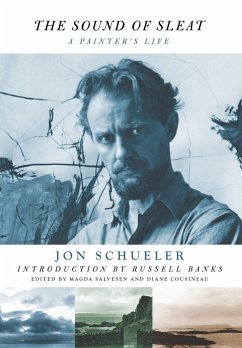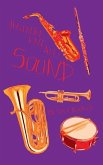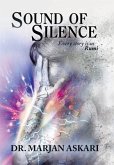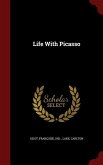The Sound of Sleat is an intensely personal record of the forces and events that shaped Jon Schueler (1916-1992) as an artist. At the same time, it evokes with great resonance the various cultural, historical and geographical contexts that informed his life: from pre-war Midwestern America to the Western Highlands of Scotland where, from his studio, he could look across the Sound of Sleat to Skye and the other islands of the Inner Hebrides, a vista that allowed him to strike the delicate balance between the observation of nature and abstract forms, which is the mystery and power of Schueler's paintings. The book recounts his dramatic childhood in Milwaukee and traumatic war years in Britain as a B17 navigator; his decision to study painting with Clyfford Still at the California School of Fine Arts; his arrival in New York in 1951 and his introduction to Rothko, Newman and Kline; his turbulent experiences with marriages and women; money and the lack of it; and the tremendous need to return continually to Scotland where he found in the Sound of Sleat the images essential to his painting.The reader in drawn in through the immediacy of the journal entries; the quality of his longer reflections on memory, the past, and the act of painting; and the evocative power of his descriptions of the sea and the sky. Equally compelling are the extraordinary series of letters to lovers and art dealers (Leo Castelli, Ben Heller) that reveal the verve and intelligence with which Schueler engages others through language and the depth of his engagement. What is perhaps most striking throughout is the urgency to tell the story, to search out a truth that is always difficult, often painful, and sometimes damning in its evidence of failure.Although Schueler was first and foremost an artist, he devoted himself to his writing with the same passion, sense of struggle and drive towards experimentation that he brought to his painting. Rather than beginning in childhood and then proceeding onwards in a conventional way, the book's chronology is based on the moment of writing, so events may be presented once, or they may be divulged piecemeal as the years go by. This technique adds an element of suspense to the narrative-- as in his efforts to come to terms with his almost unbearable air force experiences, his search for a woman loved during World War II, and his attempt to discover the mother who died just after he was born.What continuously lures the reader on is both the unusual glimpses of the intricate maneuverings of the art scene and the fascinating figure of Schueler himself. Ironic and irreverent, alternately acerbic and lyrical, deeply spiritual and unabashedly erotic, he offers us both humor and moments of revealing psychological insight.
Bitte wählen Sie Ihr Anliegen aus.
Rechnungen
Retourenschein anfordern
Bestellstatus
Storno








![Sketch of Prof. John Le Conte; [and] Sensitive Flames and Sound-shadows Sketch of Prof. John Le Conte; [and] Sensitive Flames and Sound-shadows](https://bilder.buecher.de/produkte/56/56727/56727752n.jpg)